

Gate valves are essential in controlling fluid flow in pipelines. However, not all gate valves are the same—one key difference is whether they use a rising stem or a non-rising stem mechanism. Understanding this difference is crucial when selecting the right valve for your application.
In this guide, we’ll explain the differences between rising stem gate valves and non-rising stem gate valves, explaining their working mechanisms, advantages, disadvantages, and applications. Whether you’re an expert or just learning about valves, this guide will help you understand the key differences and make the right choice.
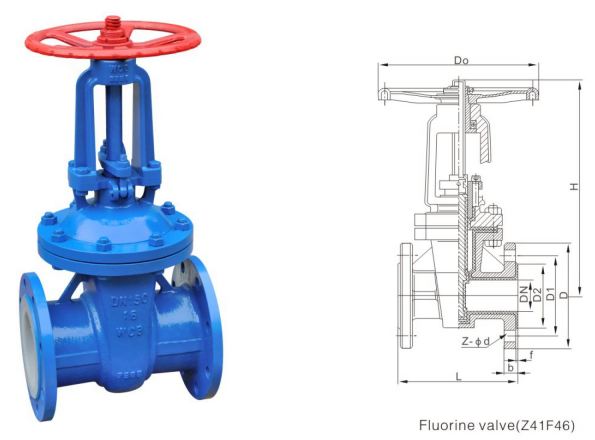

A rising stem gate valve has a stem that moves up and down visibly, making it easy to determine whether it is open or closed. The stem threads are located externally and shift upwards as the valve opens, simplifying maintenance and reducing internal wear.

A non-rising stem gate valve features an internal threaded mechanism where the stem turns to move the gate but remains in a fixed position. Since the motion occurs inside the valve body, it is well-suited for installations with limited vertical space, such as underground pipelines or compact mechanical rooms.

The following table highlights the key differences:
| Feature | Rising Stem Gate Valve | Non-Rising Stem Gate Valve |
| Stem Movement | Moves up/down externally | Stays at a fixed height |
| Thread Location | External (on stem) | Internal (inside valve body) |
| Space Requirement | Needs more vertical space | Compact, ideal for confined spaces |
| Maintenance | Easy lubrication and visual inspection | Harder to inspect and lubricate |
| Corrosion Risk | Lower (external threads) | Higher (internal threads exposed to fluid) |
| Best Use Cases | Industrial plants, above-ground installations | Underground pipelines, tight spaces |
A gate valve where the stem does not move vertically but rotates internally to control the gate’s position. Ideal for limited-space installations.
The handwheel rotates the stem, moving the gate up or down without changing the stem’s external height.
The handwheel lifts the stem and gate together, providing a clear visual indicator of the valve’s status.
Choose a rising stem valve for above-ground applications where visibility and easy maintenance are needed. Choose a non-rising stem valve for underground or space-limited installations where a compact design is essential.
Choosing between a rising stem gate valve and a non-rising stem gate valve depends on your specific needs. If you require easy visual monitoring and maintenance, use a rising stem. If space-saving and underground installation are priorities, a non-rising stem is better.
Still unsure? Contact us today for expert guidance on selecting the right gate valve for your project!
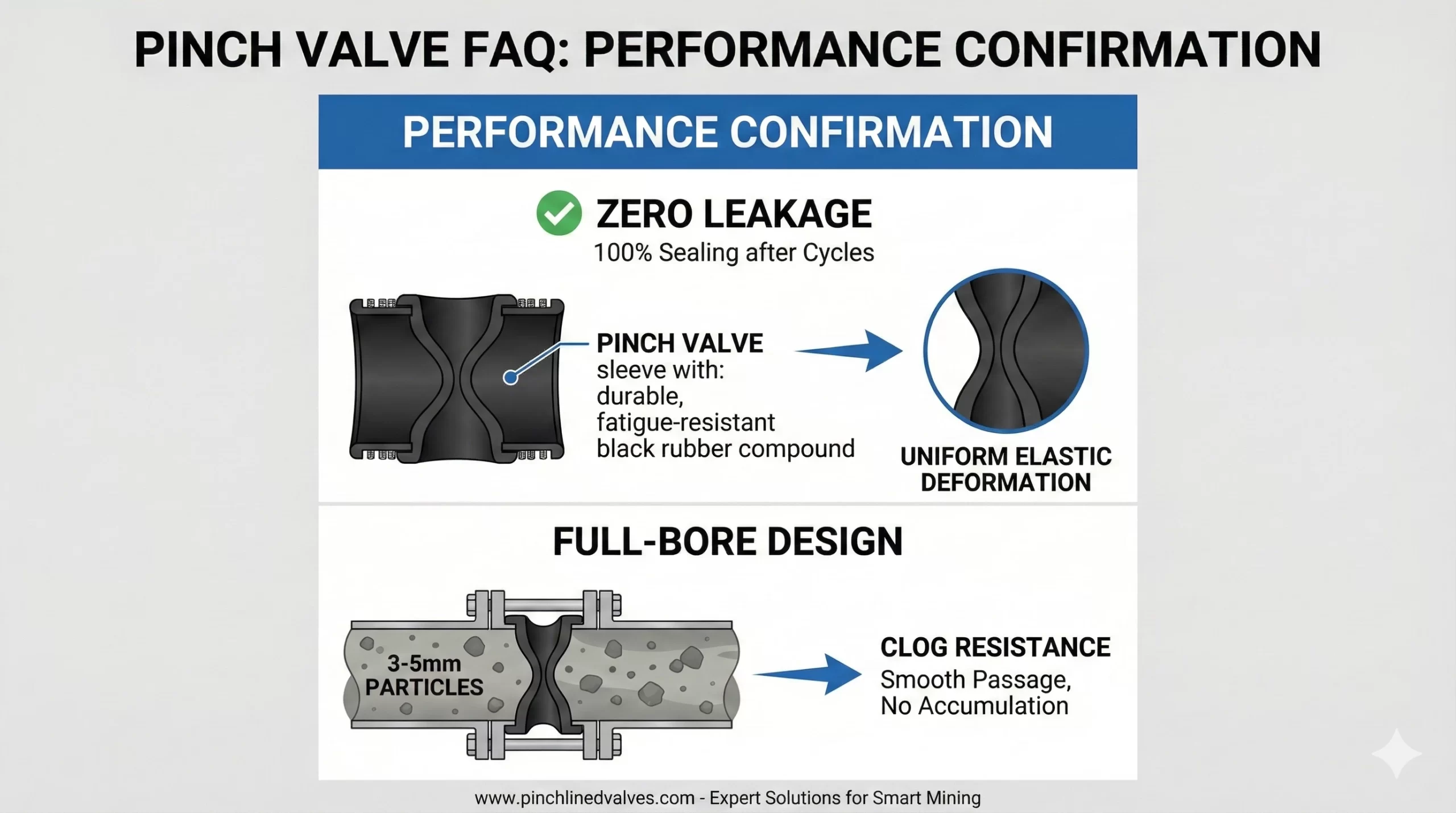
Question 3:Performance Confirmation:Your documentation mentions “zero leakage” and “clog resistance.” We would like to confirm: After long-term operation, will repeated compression cycles cause sleeve fatigue leading to sealing failure? Is the full-bore design truly effective for slurries with larger particles (e.g., 3-5mm)? Answer 3:Confirmation of “Zero Leakage” and “Clog Resistance” Performance (1)Zero Leakage Reliability: Our […]
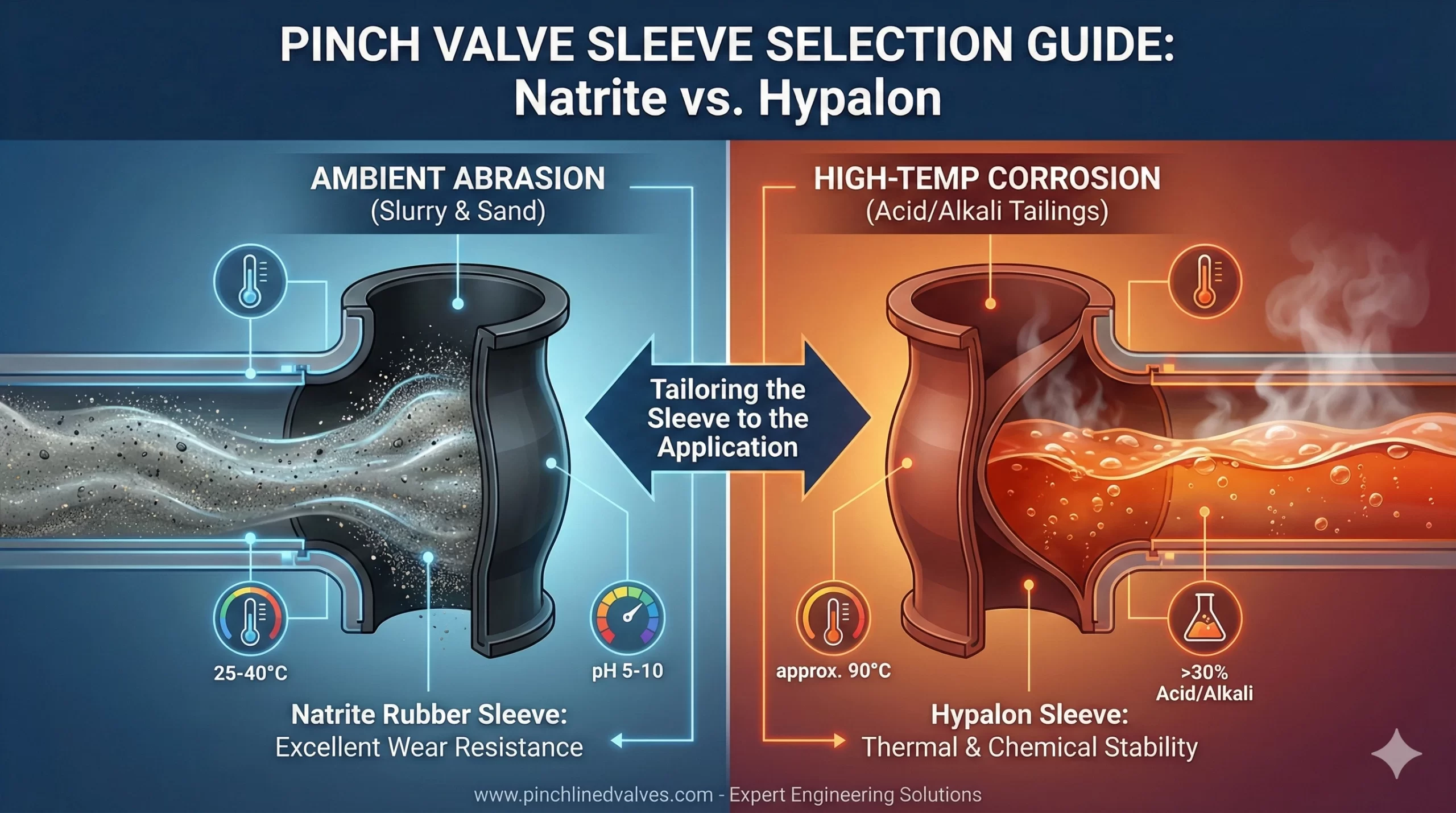
Material Selection:We are dealing with different working conditions: (1)Question1: Condition A: Ambient temperature (approx. 25-40°C) slurry containing fine sand, where wear resistance is the primary consideration, with weakly corrosive media (pH 5-10). Answer1:(ambient temperature, fine sand, low concentration corrosion, high wear resistance): Preferred recommendation: Natrite Rubber sleeve. Reason: The core advantage of Natrite Rubber lies in its […]
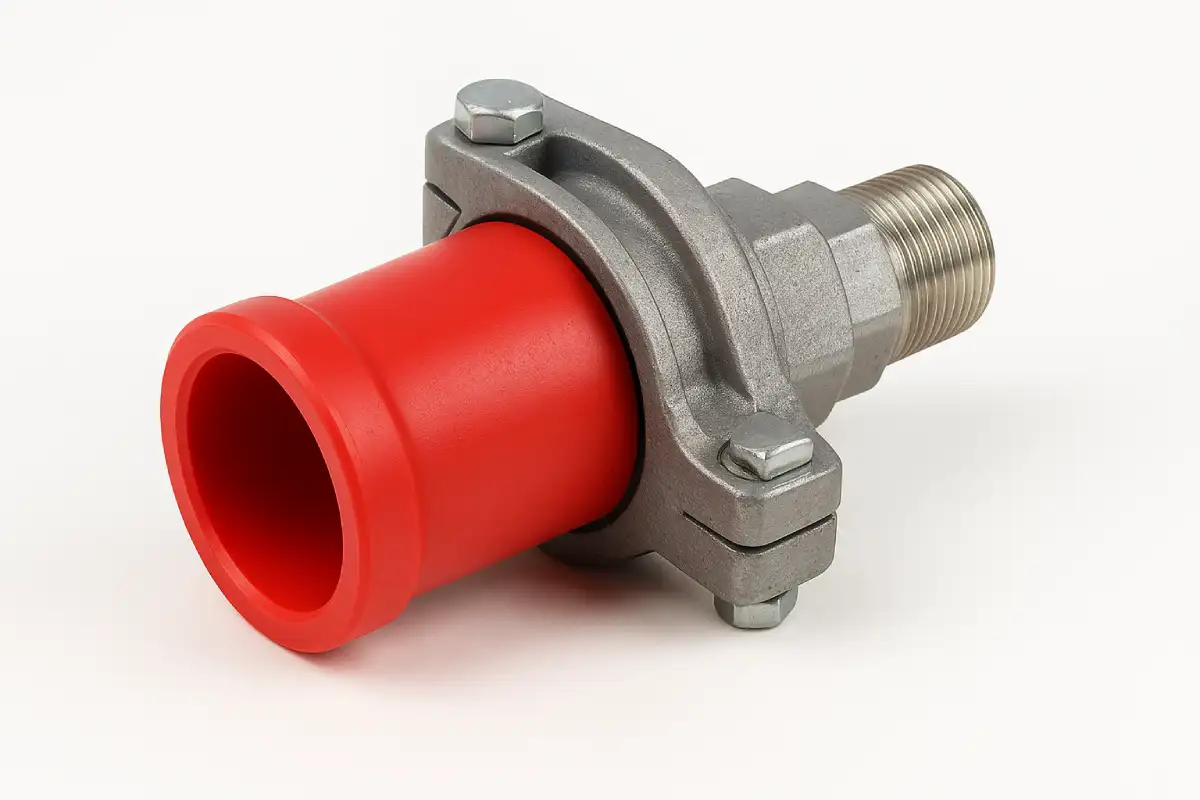
A pinch valve adapter connects a pneumatic pinch valve or manual valve to pipes, tubes, or other parts of a system. With this connector, the valve can manage liquid or gas flow without leaks or strain. It also lets the valve fit in tight or unusual setups. This reduces operational risks and improves overall performance. […]
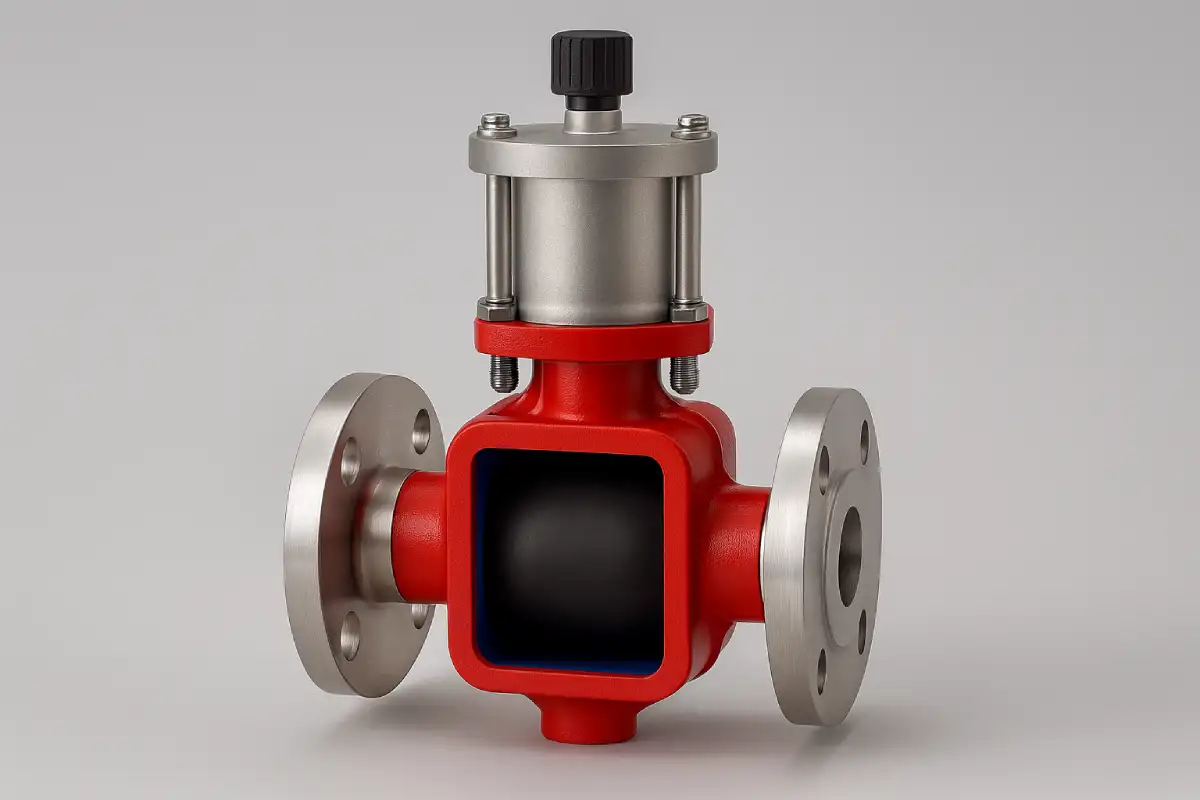
Yes, they are. Hygienic pinch valves are specially designed to keep things clean and safe, which is why they’re so common in food, pharmaceutical, and biotech environments. Their smooth interior and dead-zone-free design make cleaning quick and reliable. And if the term is new to you, don’t worry, this article will walk you through what […]



